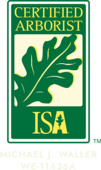Share this page:
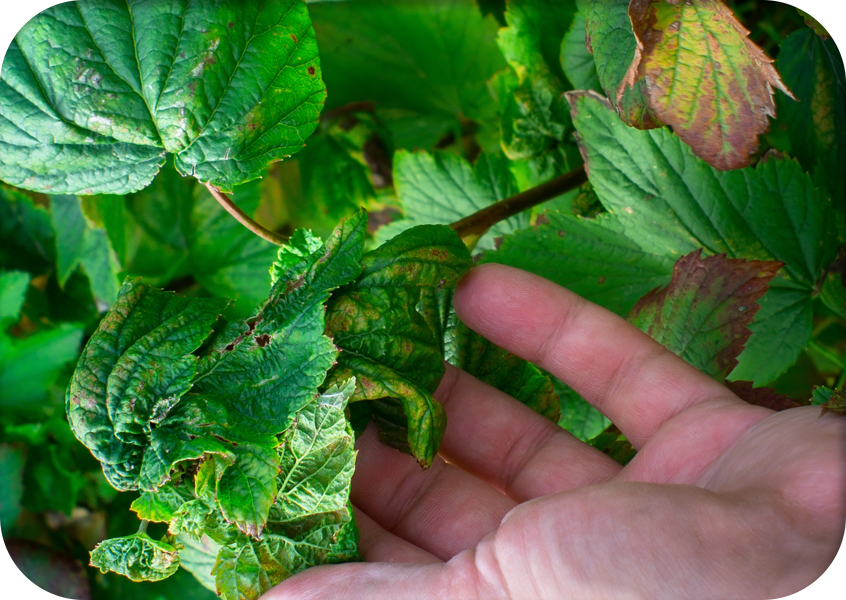
There are several common tree diseases found in the San Francisco Bay Area. Some of these diseases can be deadly to trees, while others may only cause cosmetic damage. As a property owner or manager, it is essential to be aware of these diseases so that you can take steps to prevent them from harming your trees.
Learn About Four Common Tree Diseases in San Francisco East Bay
There are a few ways that diseases can spread between trees. One way is through direct contact, which can happen when two diseased trees are touching or close to each other. Another way is through vectors like insects or animals that carry the disease from one tree to another. Finally, diseases can also spread through the air, water, or soil.
This article will cover some of the most common diseases afflicting trees in the San Francisco East Bay region to help you identify the threat and know when to call for a professional tree inspection or assistance for tree treatment.
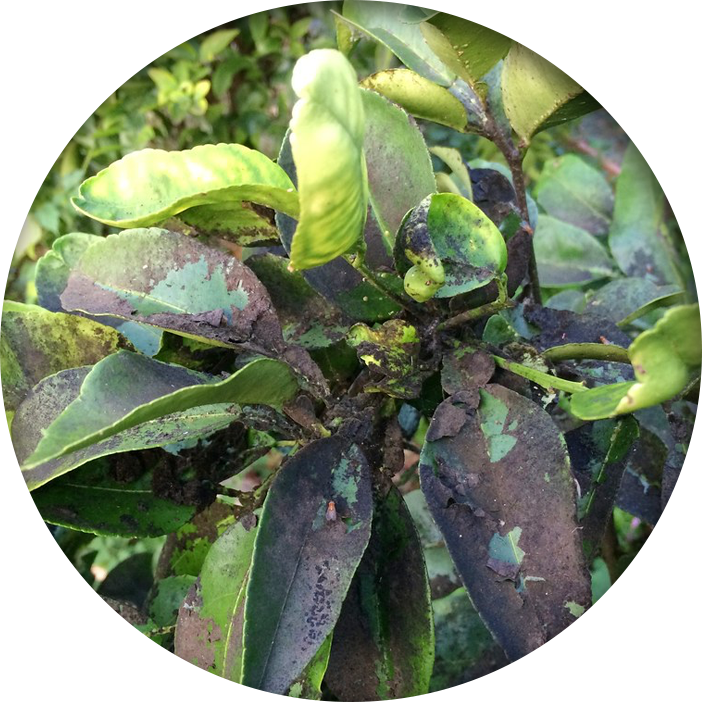
Sooty Mold
The first type of tree disease to understand is the Sooty Mold disease. This fungal thrives on trees enclosed with honeydew, a gluey fluid produced by some insects. While the disease can be dangerous to your trees, it can also bring aphids infestation.
The disease does not infect plants. The mold, on the other hand, might cause indirect damage to the plant by coating the leaves, making it difficult for sunlight to reach the leaf surface. Insufficient sunlight can result in the plant's inability to carry out photosynthesis, which can significantly impact plant growth. In addition to preventing sunlight from reaching the leaf surface, the coated leaves can age and die too soon, resulting in premature leaf fall.
This disease is most usually found during the warm and wet periods and can rapidly spread to different varieties of trees. Also, the infection typically targets fruit trees.
Although sooty mold could infect your trees, this does not mean that the fruits grown on them are unsafe to consume. Before eating, clean the mold from the fruit with mild detergent and heated water.
The good news is that the disease will not wipe out your trees. However, it will damage their overall appearance. The general sign of this disease is furry mold. In addition, the leaves will turn curly yellowish.
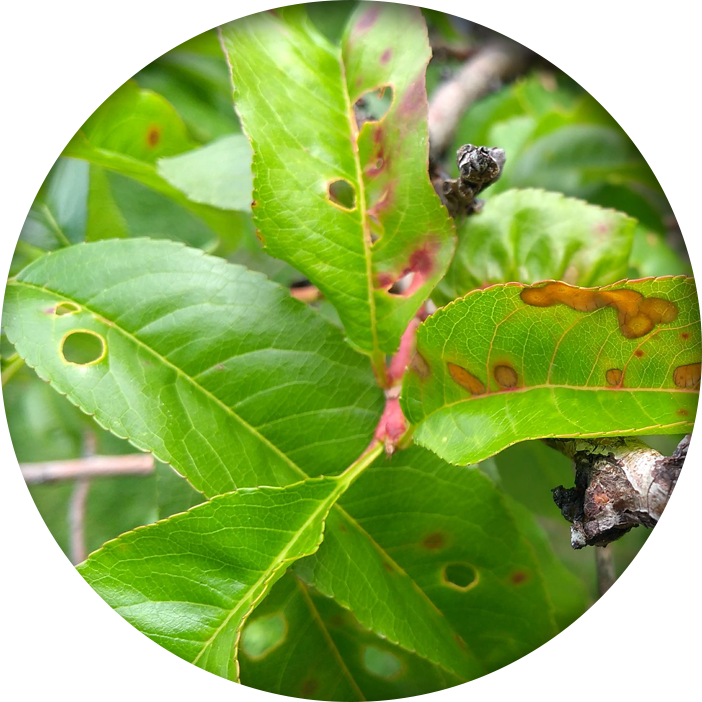
Shot Hole Fungus
Second on our list is the Shot Hole disease. This disease primarily attacks the Prunus species, including stone fruit and almond trees. Shot Hole disease is a particular problem for trees in San Francisco because of its weather, the warm and wet winters. The worst of it is that urban pollutants exasperate the disease. The spores of this fungus can be dispersed by wind currents from infected leaves to those of uninfected trees.
Also known as Coryneum blight, the disease causes gaps and brownish-like color in the tree leaves and makes the stems yellowish.
Luckily, shot hole disease primarily impacts the tree's aesthetic, not the tree's life. However, the disease can weaken the tree enough to become vulnerable to other potentially fatal diseases.
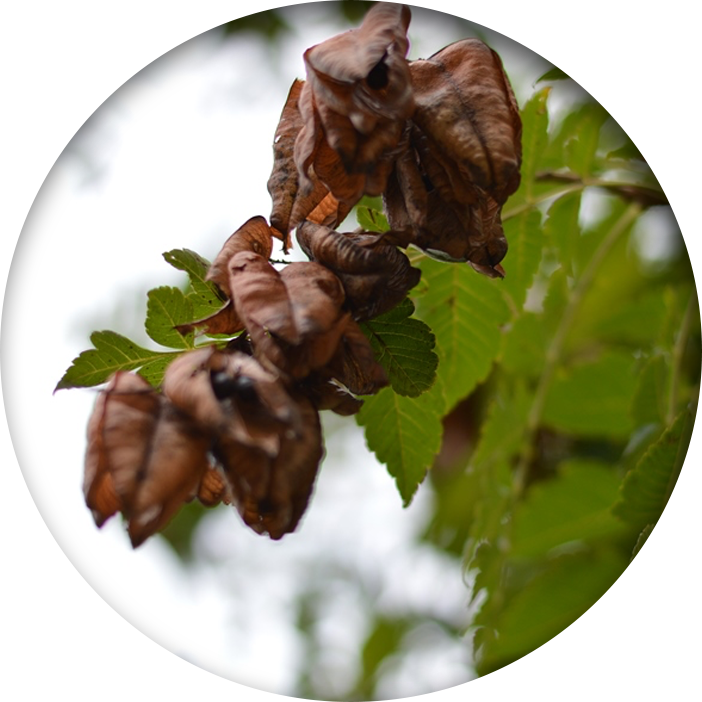
Fire Blight
Fire Blight is a highly contagious bacterial disease, causing problems for your trees at the beginning of the early spring. Tree blights can attack several types of trees native to the East Bay, from fruit trees to pines. This disease causes discolorations and wilting of tree leaves and fruits. Additionally, it results in a burned appearance on the trees' bark, some areas around the leaves, and parts of the stems.
This disease acts very fast. In seven or fourteen days, your tree will appear burned and ruined. Fire blight outbreaks occasionally happen after events like heavy rain or hail storms. These events can damage your tree and create wounds where bacteria can enter, affecting the tree.
Suppose there are several trees with the symptoms. It is typical for others to prevail. However, the disease rarely affects other varieties of trees. Commonly, fire blight affects your apple and pear trees.
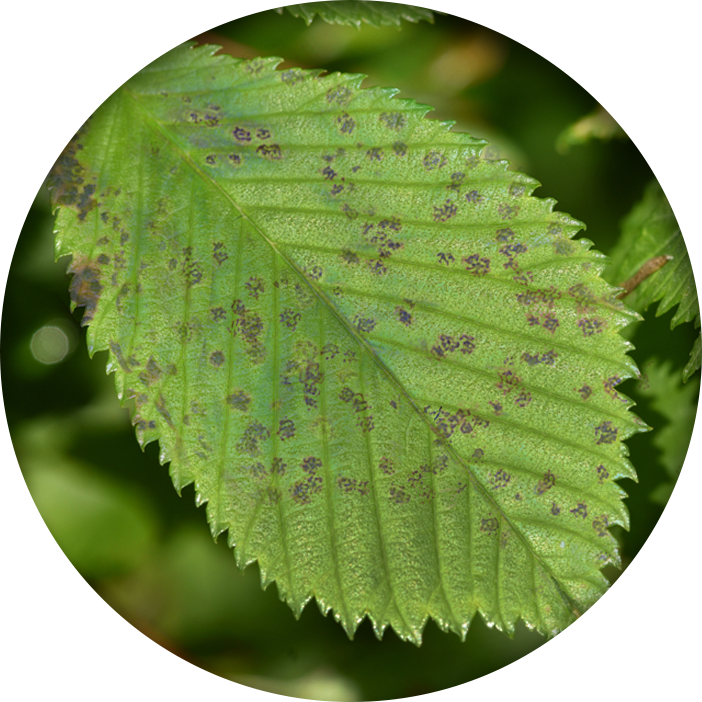
Chinese Elm Anthracnose
You can easily spot this disease on your trees. Chinese Elm Anthracnose is usually evident when your tree branches die from their head and the presence of black marks on the leaves.
In most cases, trees are not significantly affected by anthracnose. However, trees stressed by factors such as root constraints, lack of food, and extensive insect attacks are far less tolerant of this fungus and may show reduced vigor due to the infection.
As the name suggests, this disease usually impacts the Chinese Elm tree, which is widespread in San Francisco. A fungal disease causing dark lesions in these plants is anthracnose, which leads to branches dying at their tips.
The damage caused by the disease is generally narrowed to spots on the leaves, which may result in premature dropping of leaves. As one of the most severe anthracnose diseases, the Chinese Elm disease does not seriously affect your trees unless there is continuous defoliation.
As a result of the disease, your trees become weakened, which increases their likelihood of being impacted by other diseases, weather conditions, and pests. While the disease poses a significant danger to the health of your trees, you can prevent it by getting assistance from experts to prune infected branches during the low and wet periods.
What to Do if the Problem Persists?
If the identified strategies do not work or you notice something strange on your tree or suspect it may have a disease, it would be best to get a diagnosis from a certified arborist.
Learn more about tree inspections
here.
Share this page:



